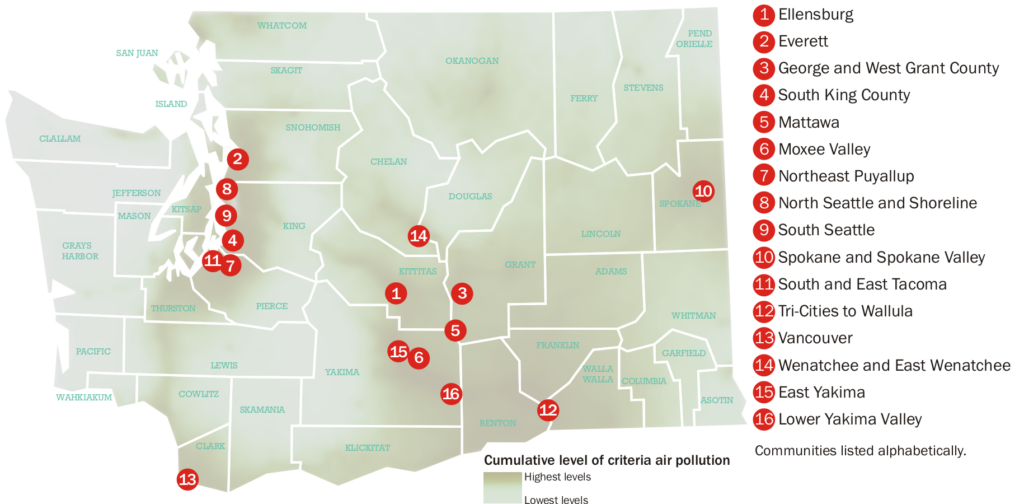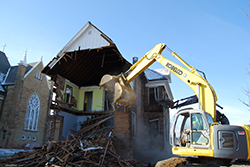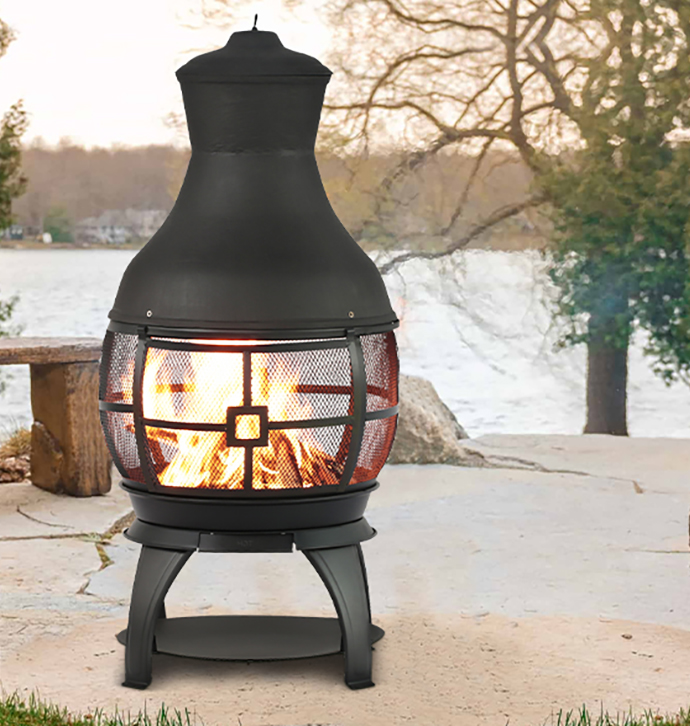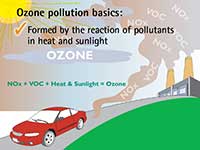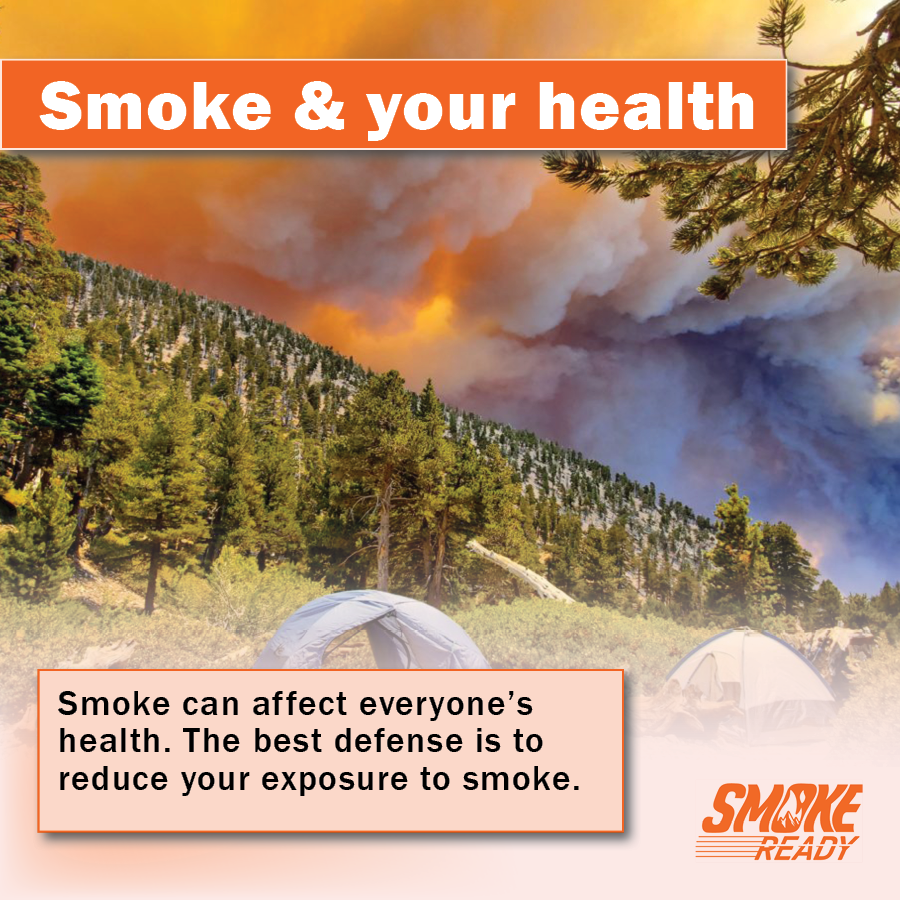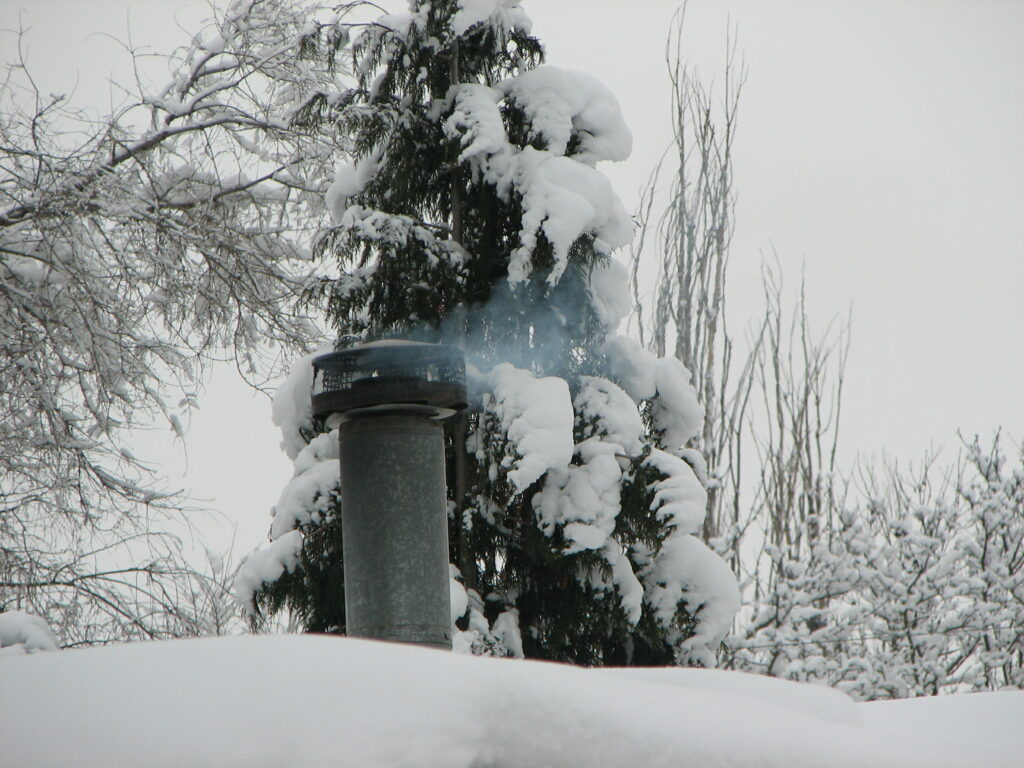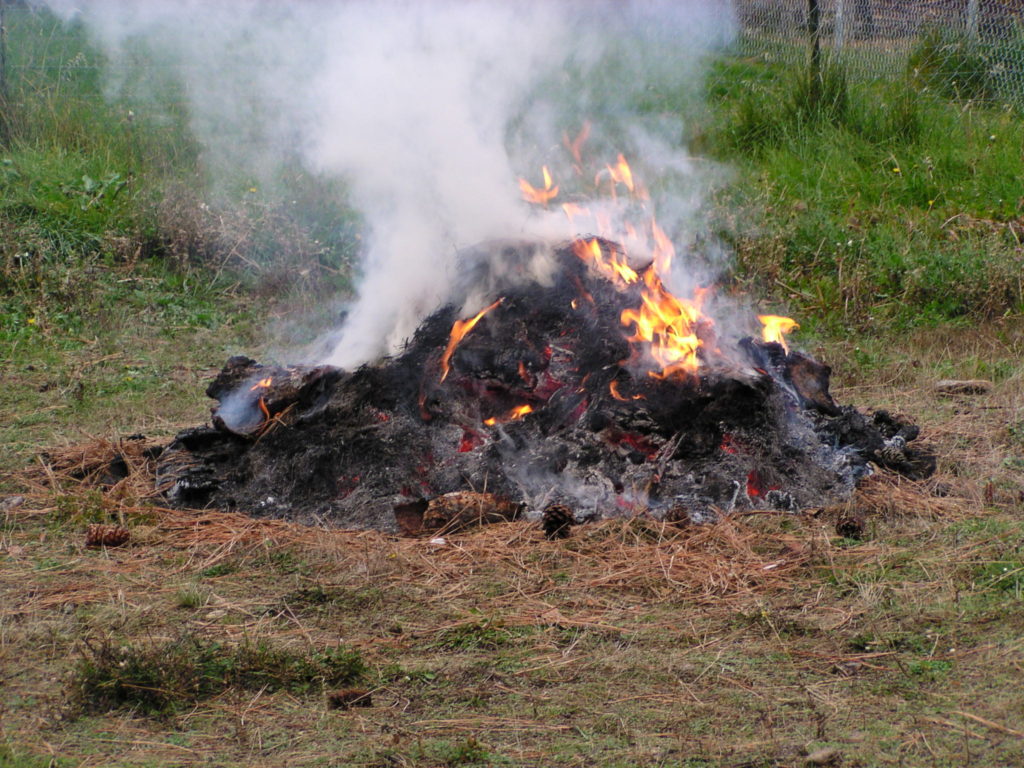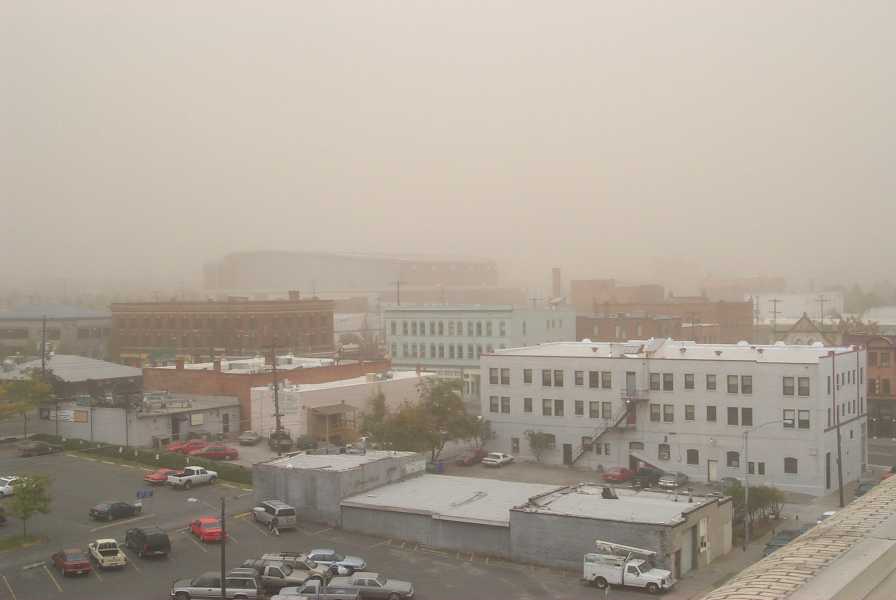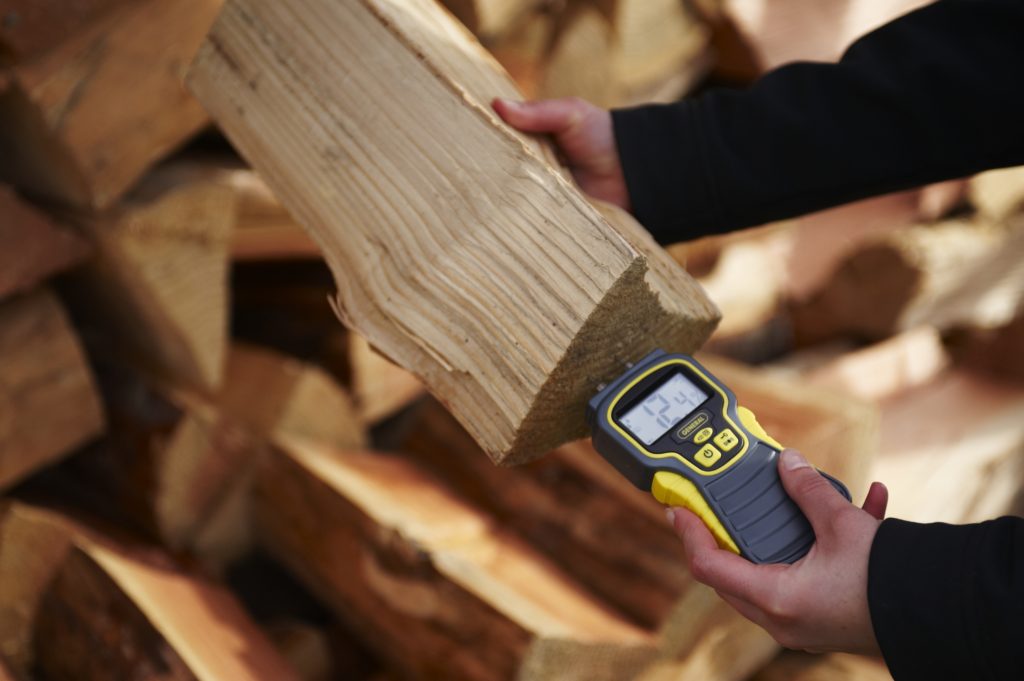
Asbestos – What is it and why should I be concerned?
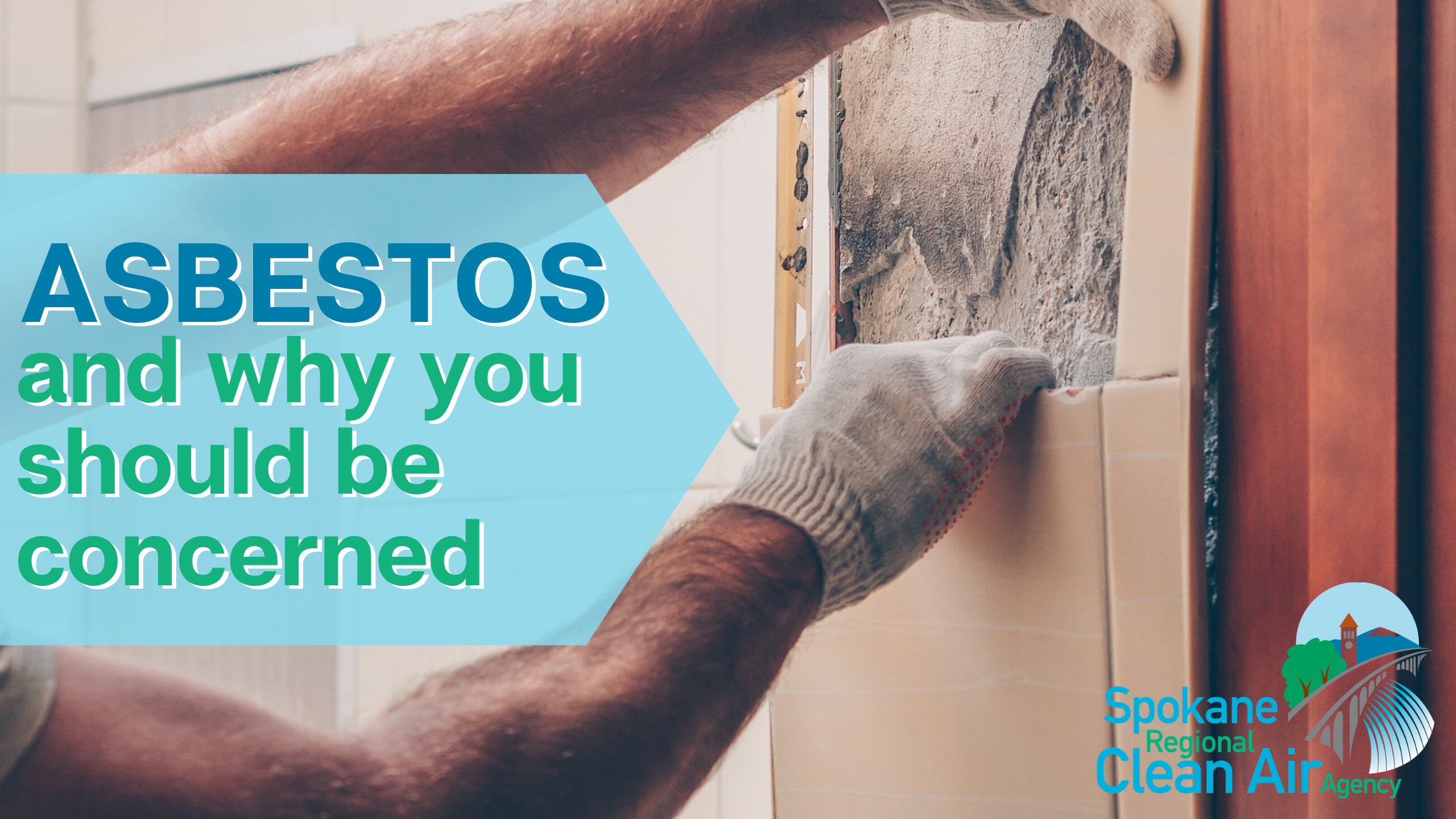
In the United States, 12,000 to 15,000 people die every year from asbestos related diseases. The latency period from exposure to asbestos fibers to disease onset is anywhere from ten to forty years. Asbestos is still present in homes and buildings, therefore it is important to your health to understand what asbestos is and where it is commonly found, and how it can become airborne.
What is asbestos?
Asbestos is the general term given to six naturally occurring minerals: Actinolite, Amosite, Anthophylite, Chrysotile, Crocidolite, and Tremolite. Asbestos is derived from a Greek word that means “inextinguishable.”
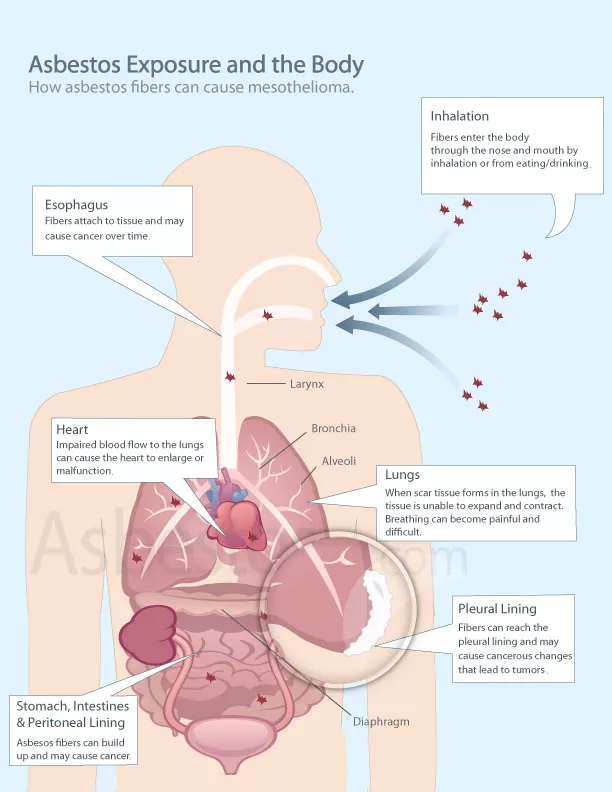 How was asbestos used?
How was asbestos used?
For commercial use, the minerals were milled and separated into very thin fibers used in a wide variety of products, including in over 3,000 residential and commercial building materials. Because asbestos has been widely used, it can be found almost everywhere. And, contrary to popular belief, there is not a total ban of asbestos in the United States.*
How does it harm?
When asbestos-containing materials or products are damaged (as can happen during home repairs, remodeling, fire, flood, etc.) very tiny asbestos fibers can be released into the air.
Asbestos fibers are more than 1,200 times thinner than a human hair. Asbestos inhalation can cause serious health effects. When inhaled, fibers become trapped in lung tissue, which may cause lung cancer or mesothelioma. Once the asbestos fibers become embedded in the lung tissue, the body no longer has a defense mechanism in which to remove the cancer causing substance.
About 3,000 new cases of mesothelioma are diagnosed in the U.S. annually. Mesothelioma is one type of asbestos-related disease.
The U.S. Centers for Disease Control has information about asbestos exposures and resources if you think you’ve been exposed.
Is it still a concern?
The U.S. Environmental Protection Agency (EPA) began to regulate asbestos in the early 1970s. Although certain asbestos-containing products were banned by the EPA, and asbestos is no longer mined in the United States, there are still numerous products containing asbestos and it is still found in many homes and buildings. Imported products have not been banned; however, regulations exist regarding using them in ways other than their packaged intent.
The primary uses of asbestos that have been banned are:
- sprayed-on materials such as fireproofing (banned in 1973)
- pre-molded insulation (banned in 1976)
- popcorn/decorative ceilings (banned in 1978)
Specific asbestos-containing products are also banned: flooring felt, rollboard, and corrugated, commercial, or specialty paper. In addition, the use of asbestos in products that have not historically contained asbestos, in other words, “new uses” of asbestos, are also banned.
Next article installment: Where might I find asbestos in my home and what should I do?


